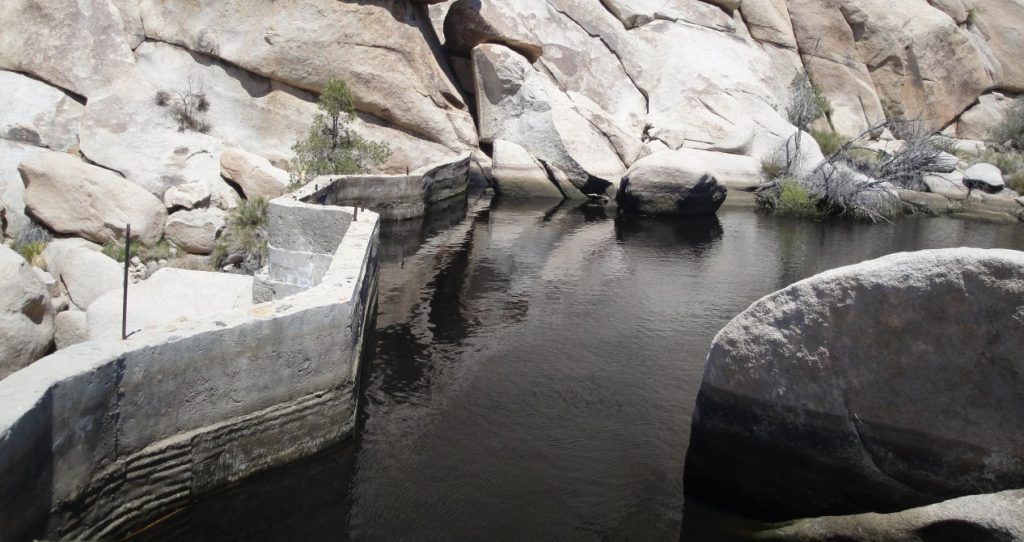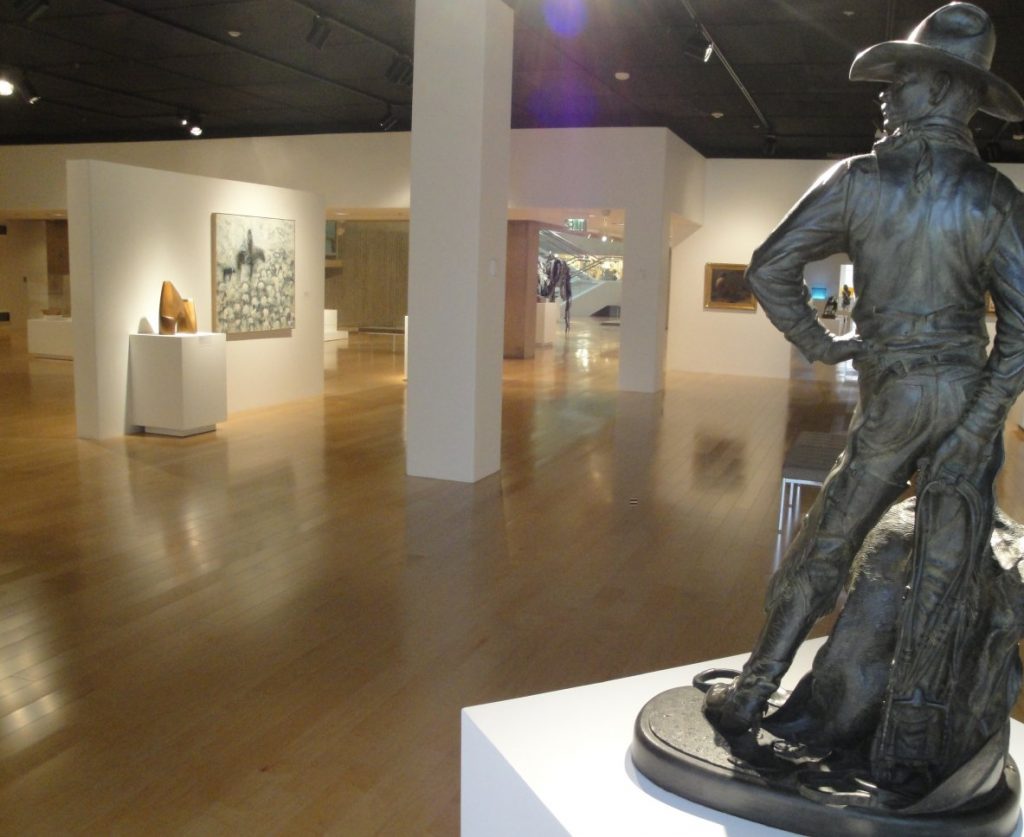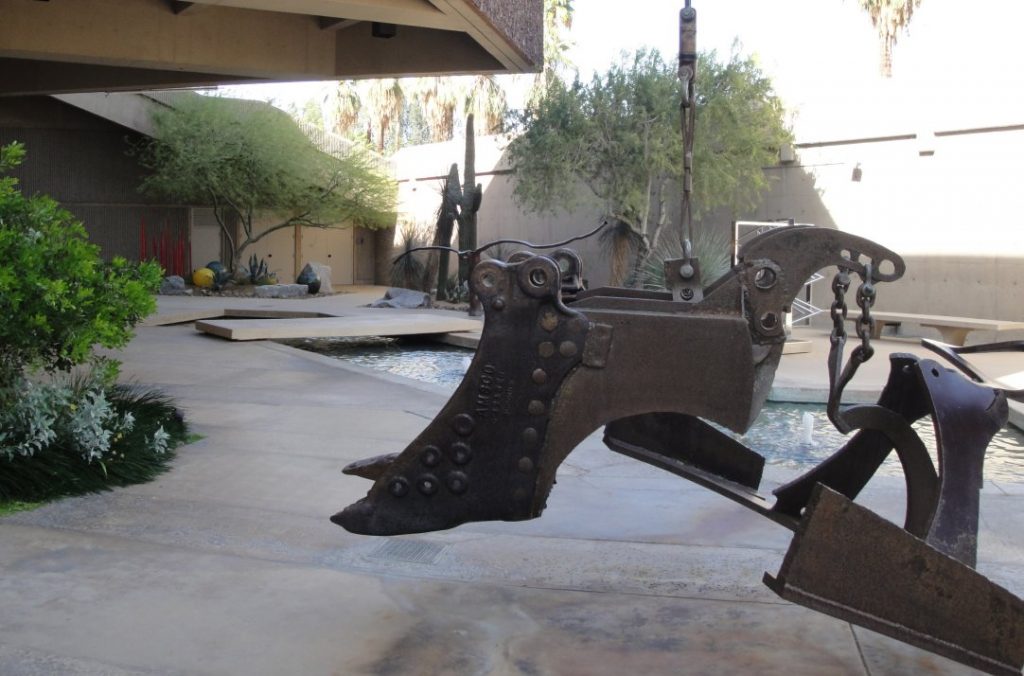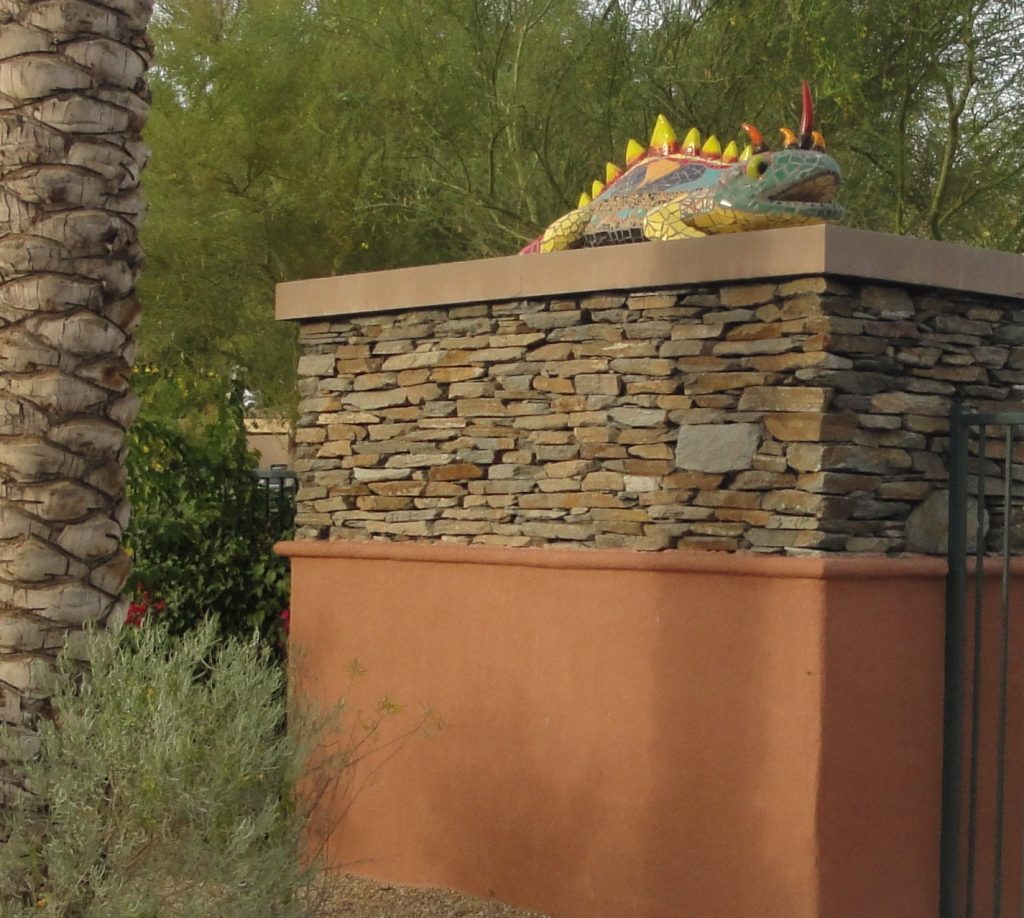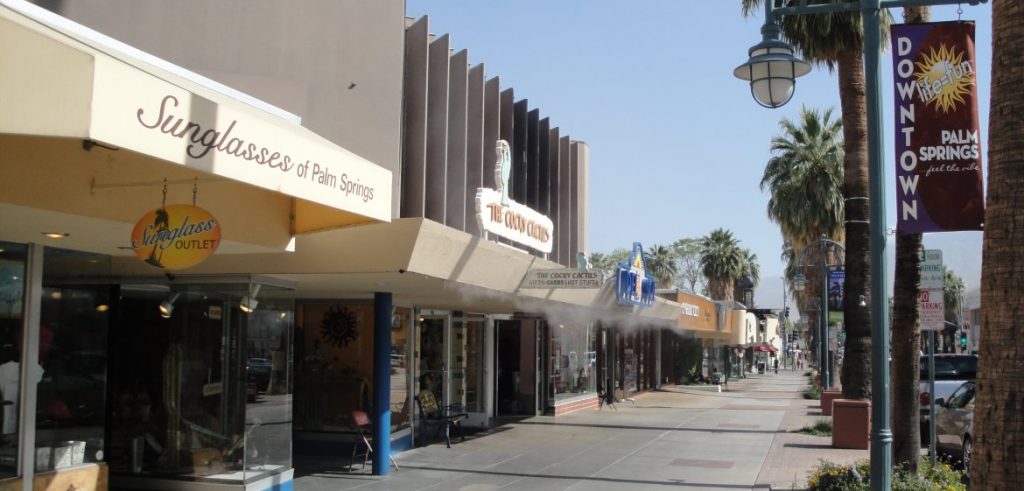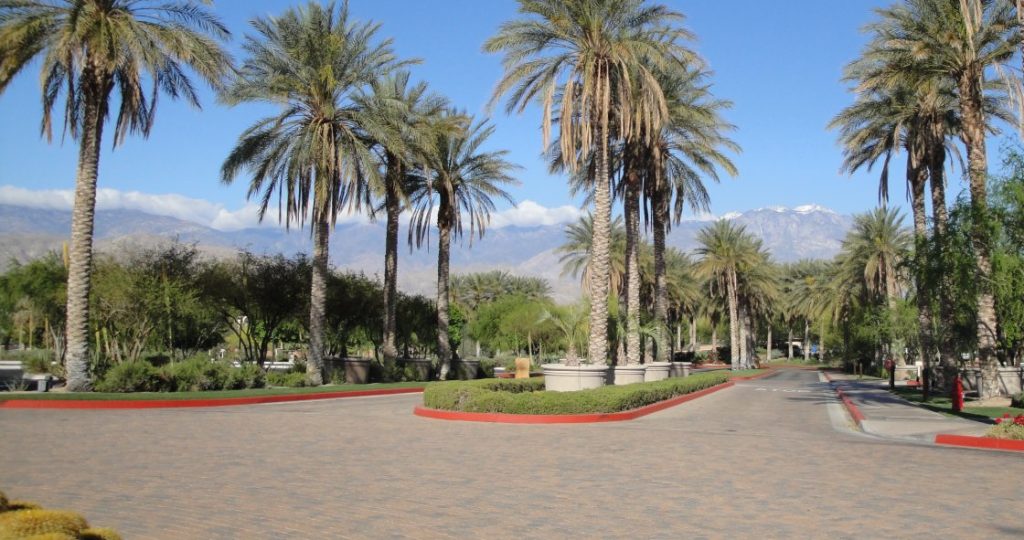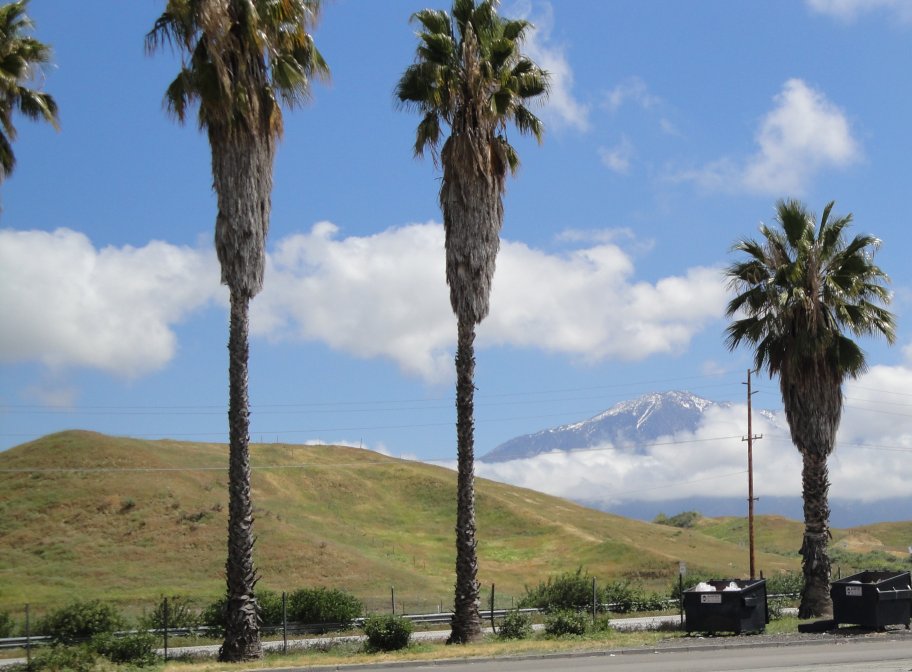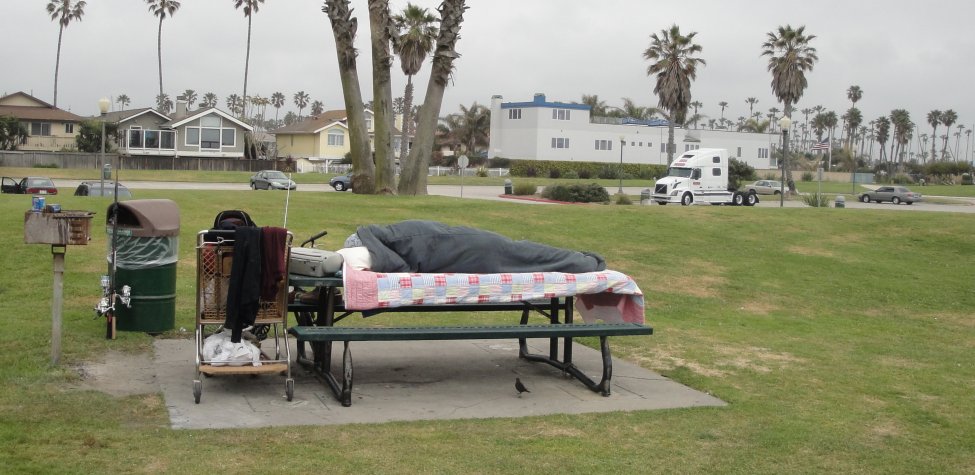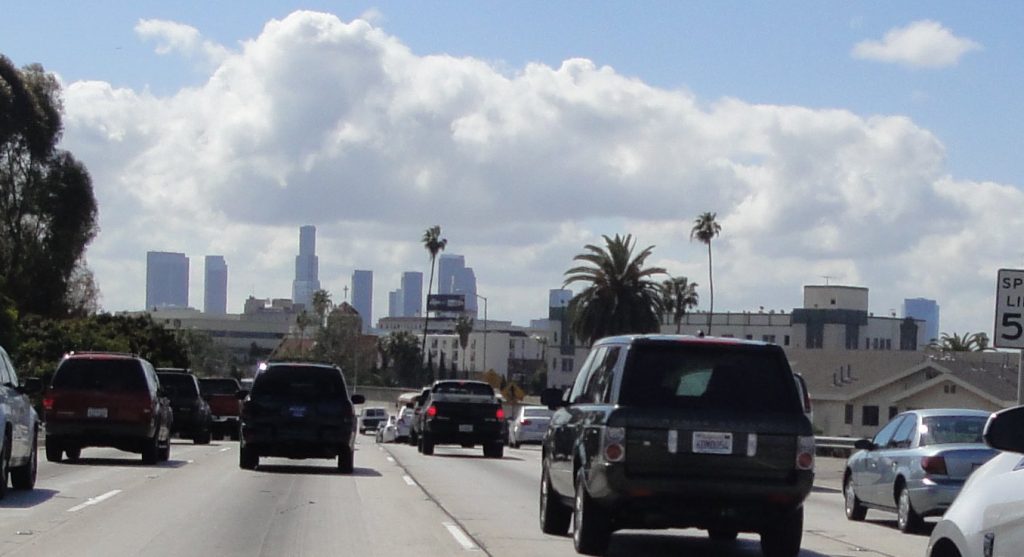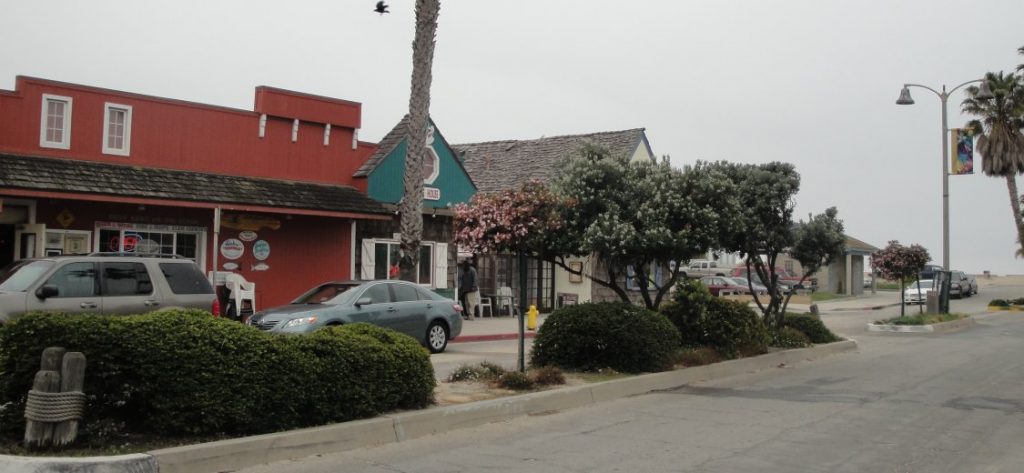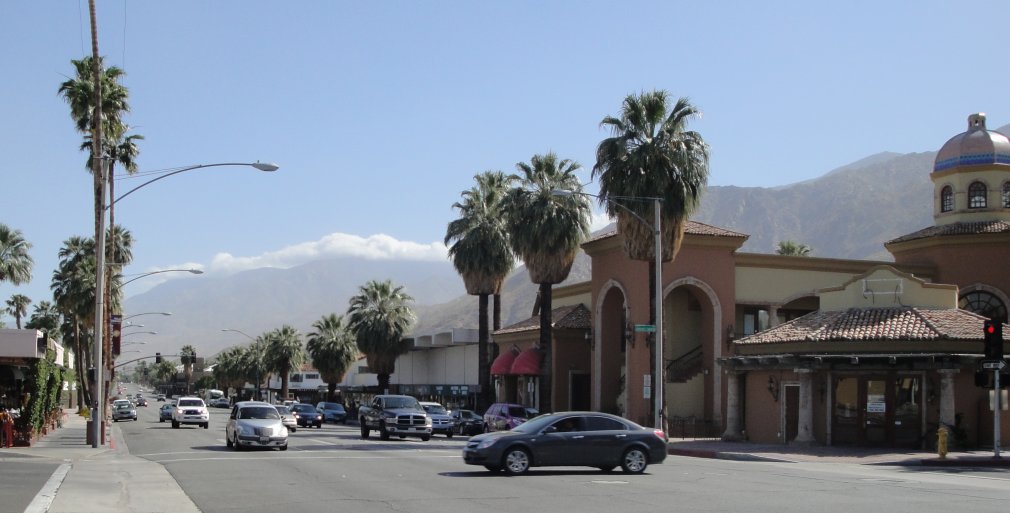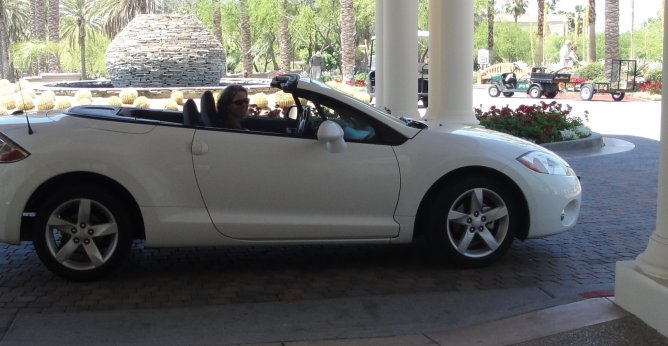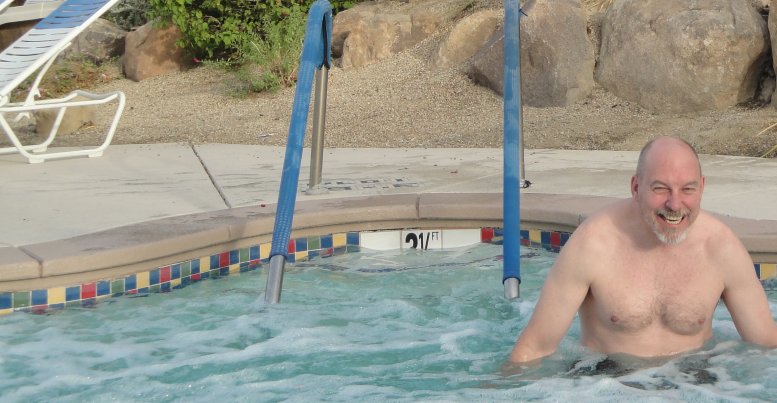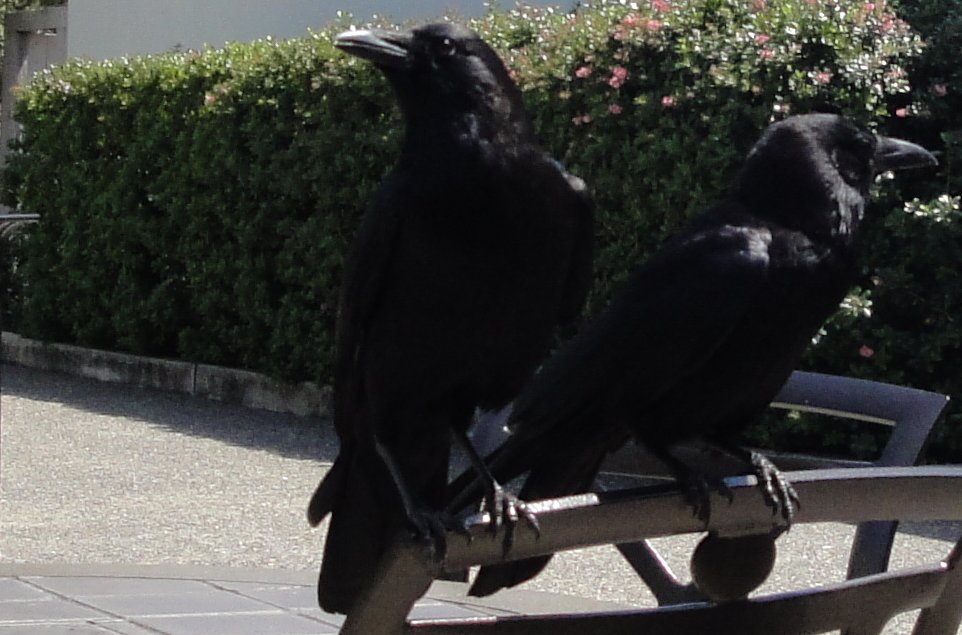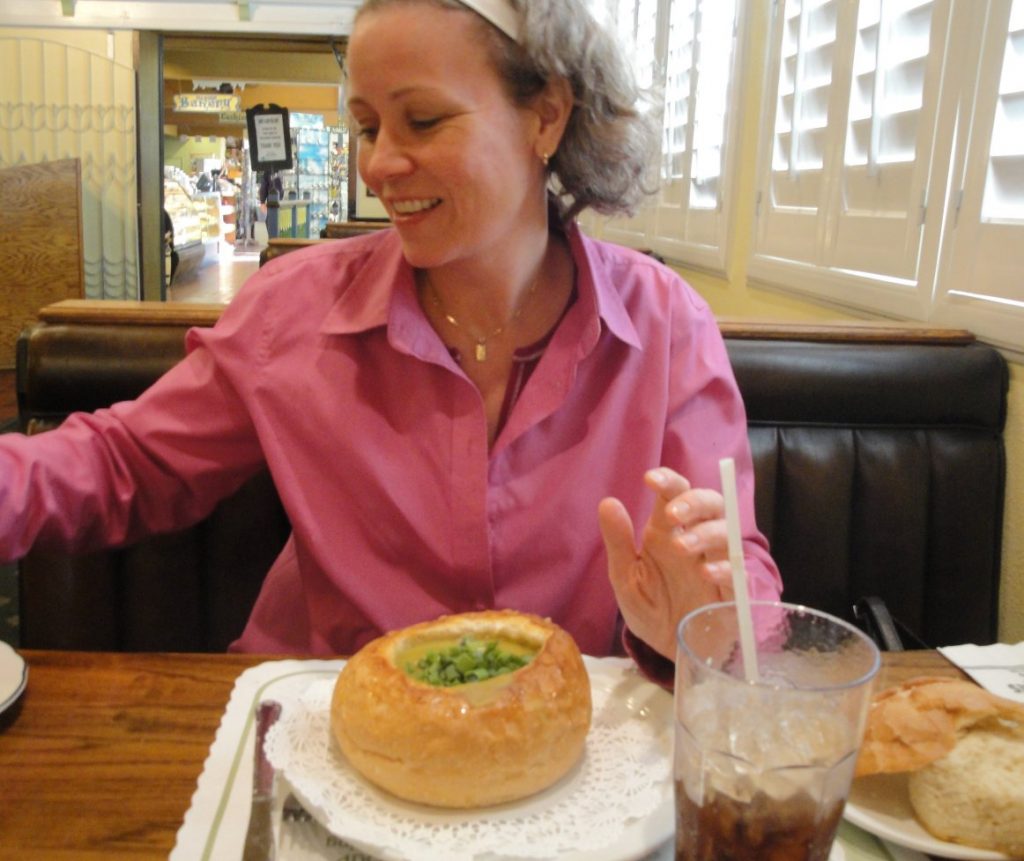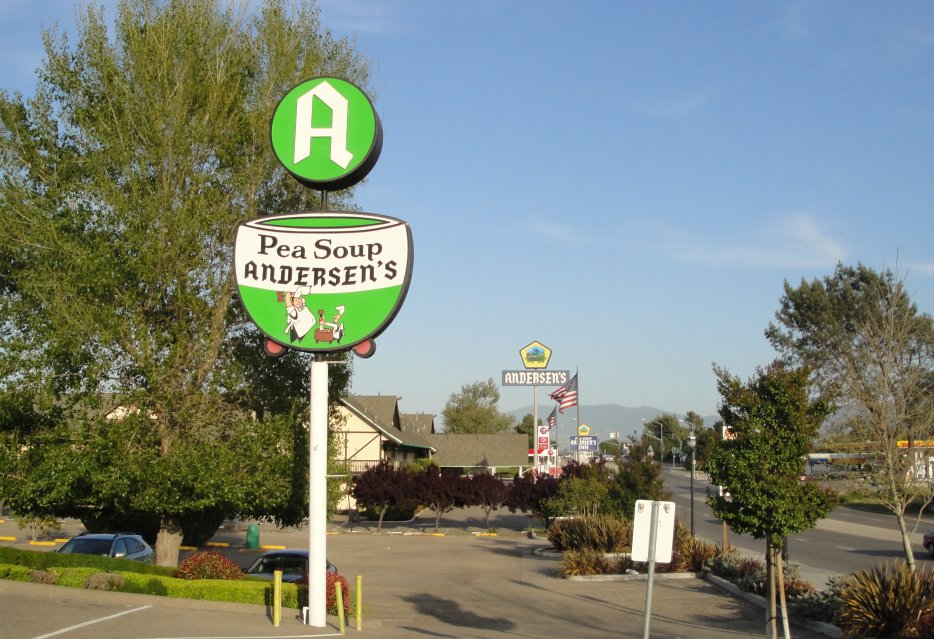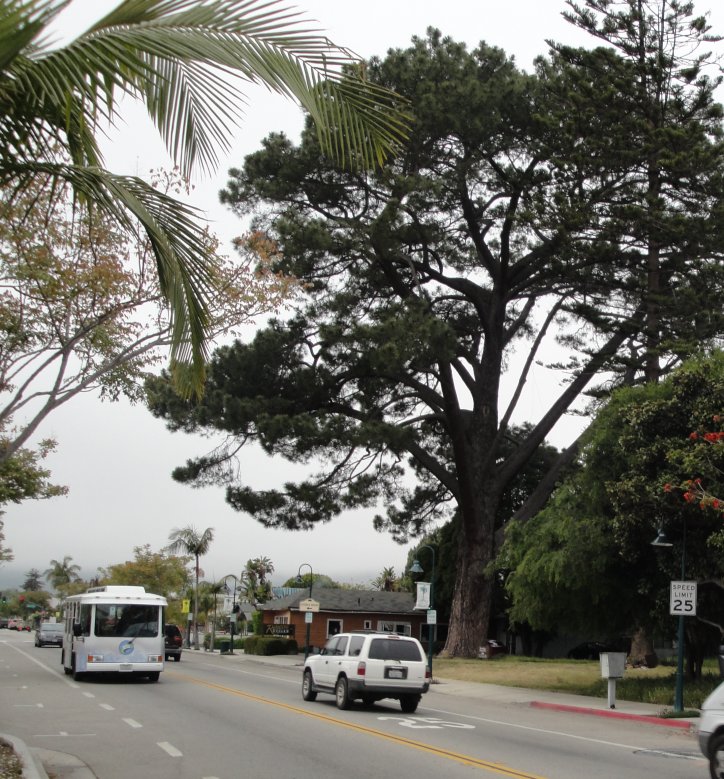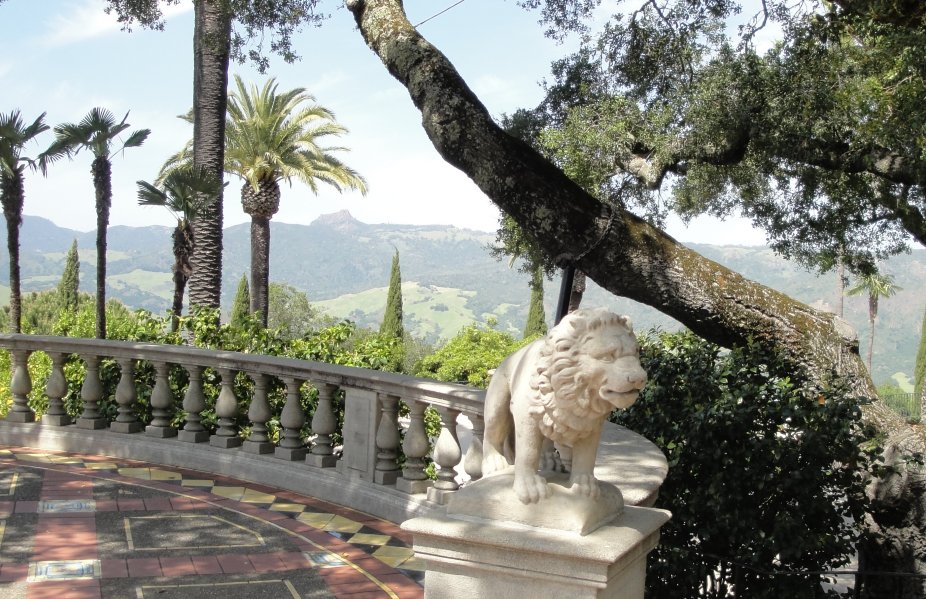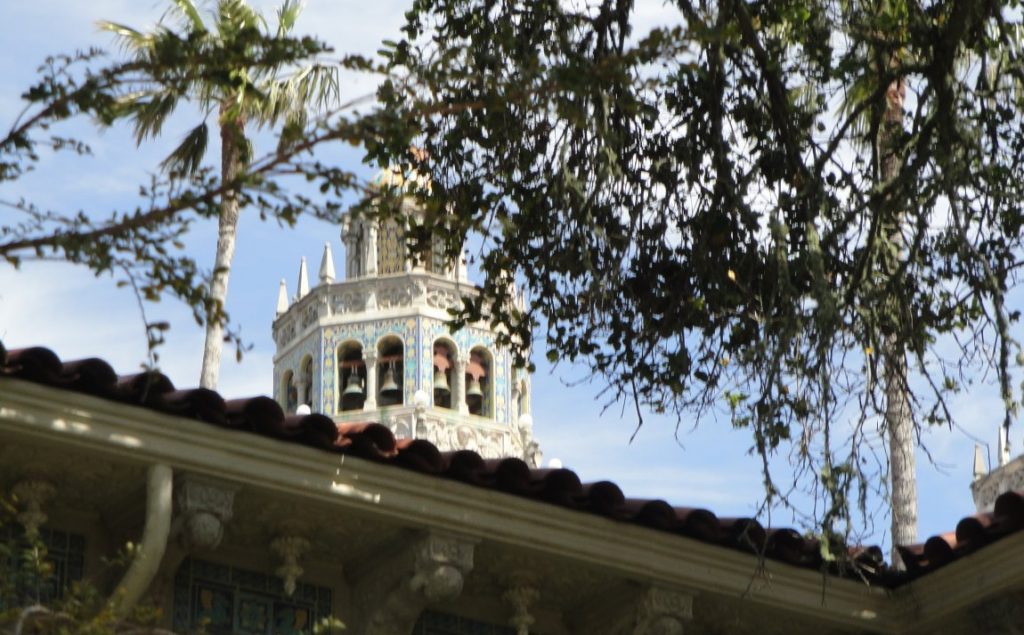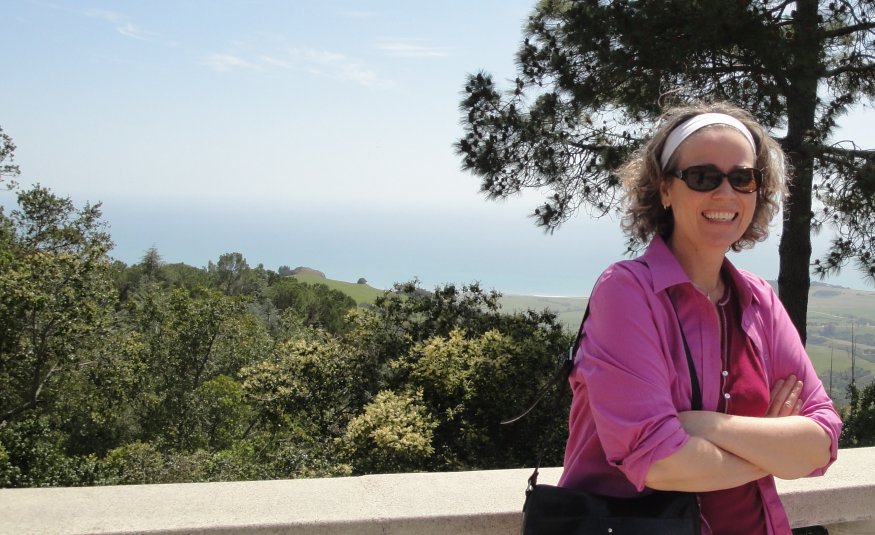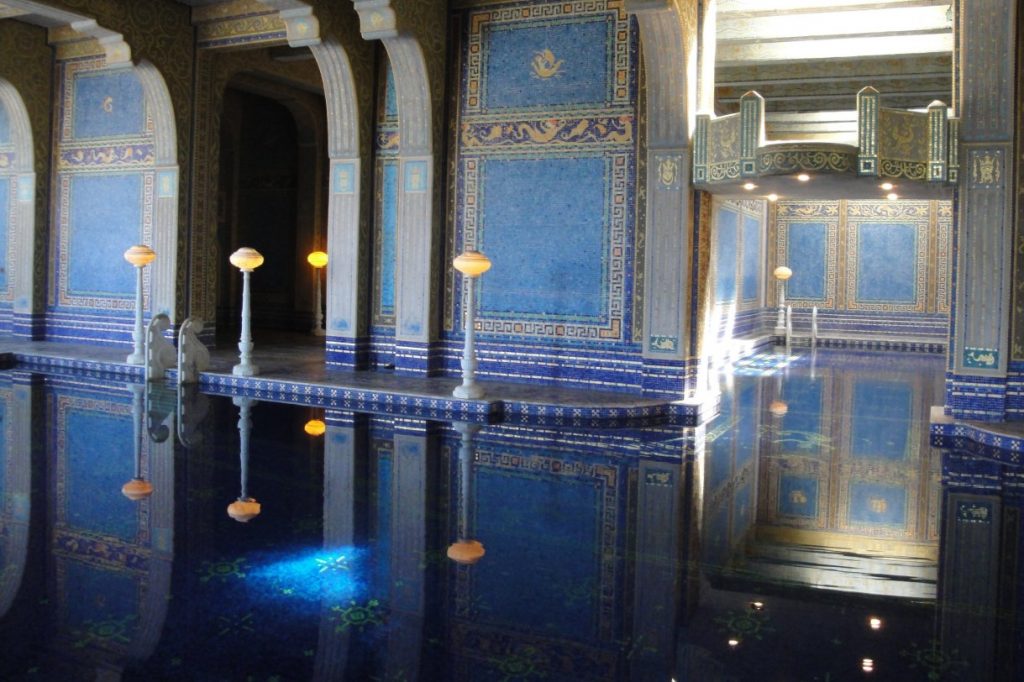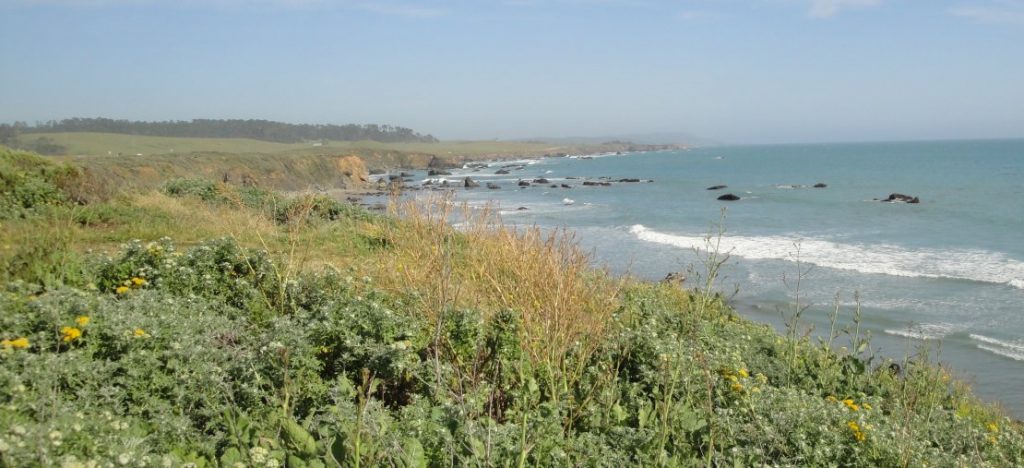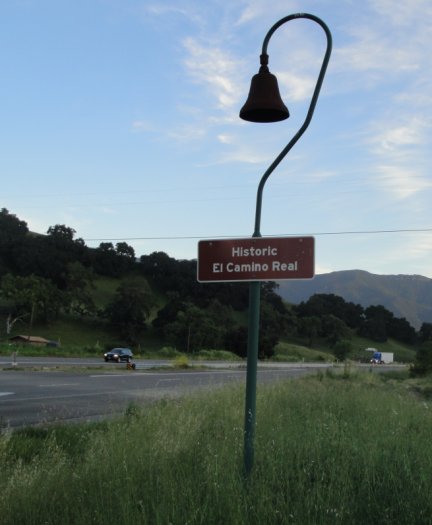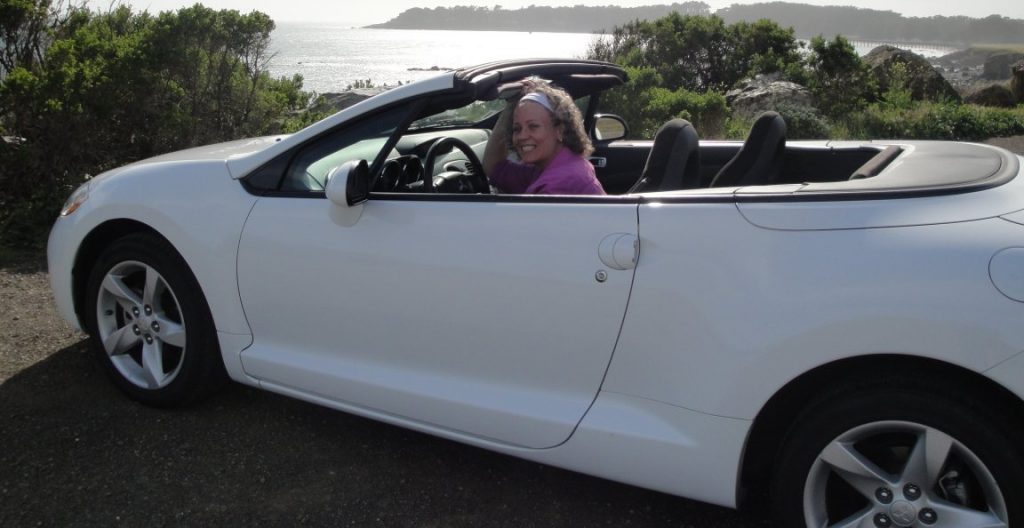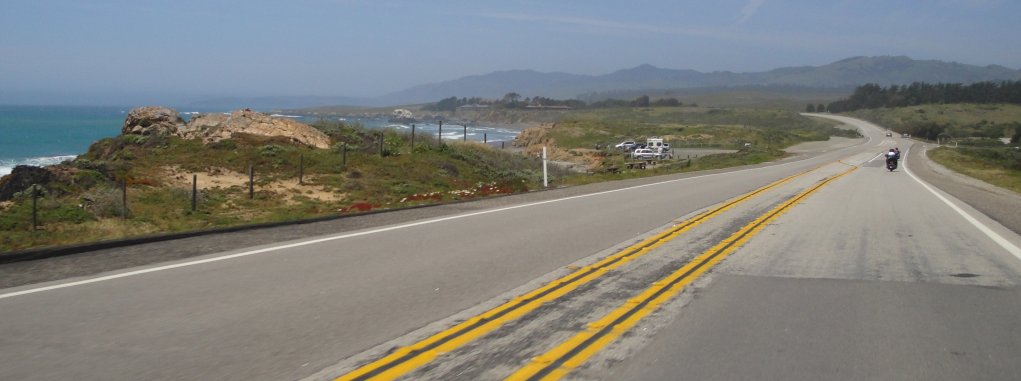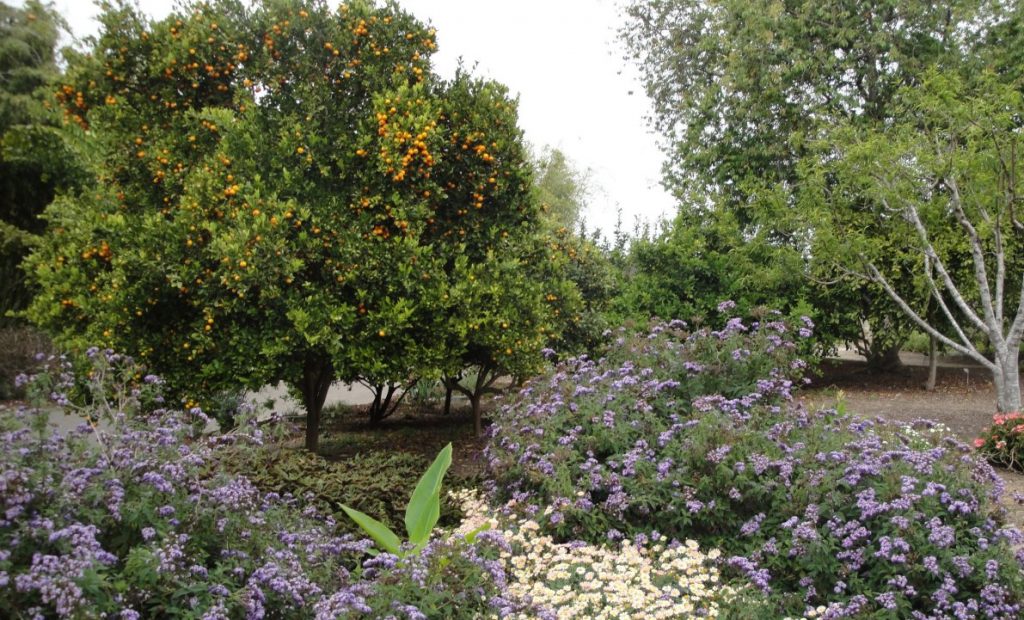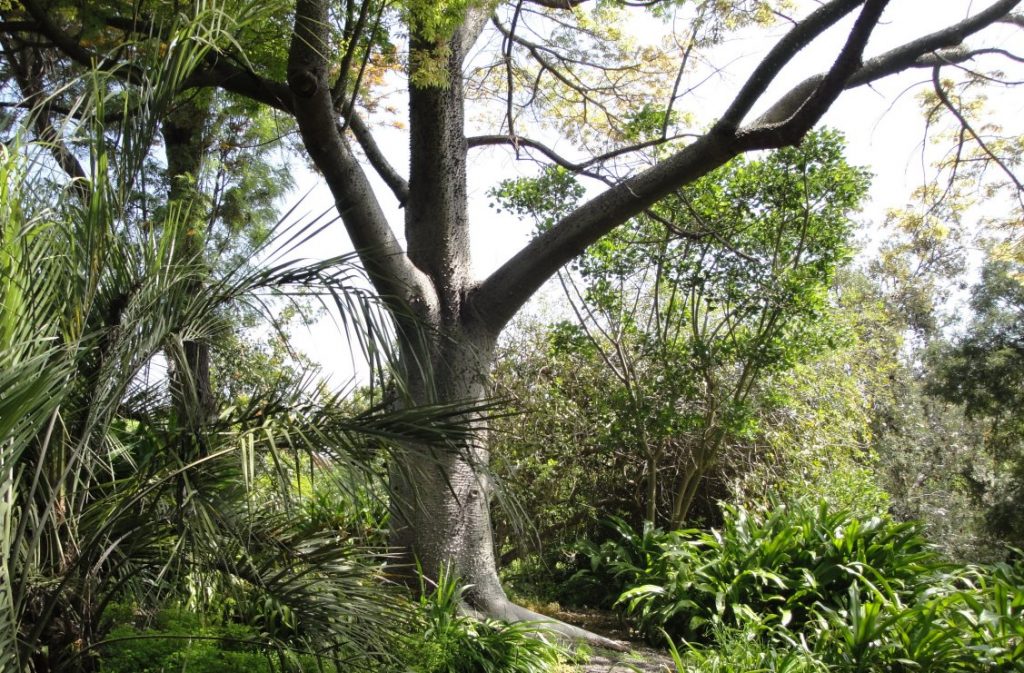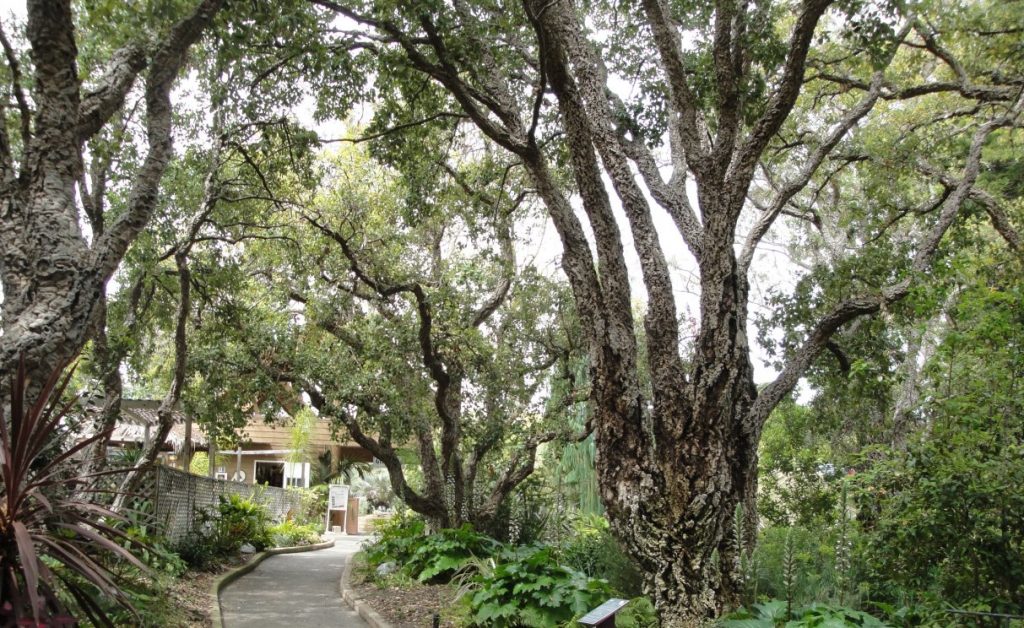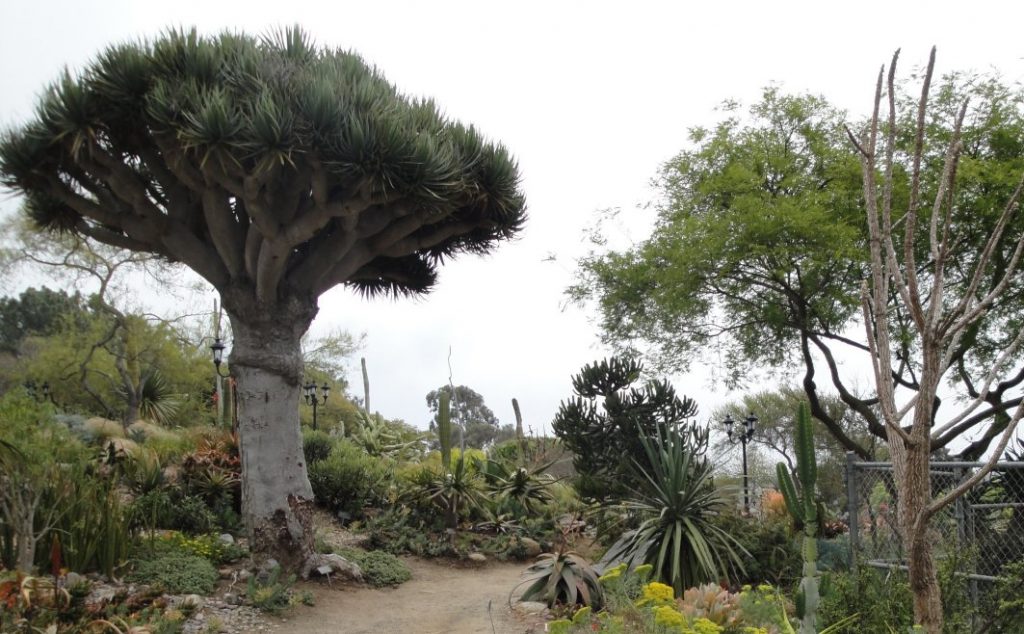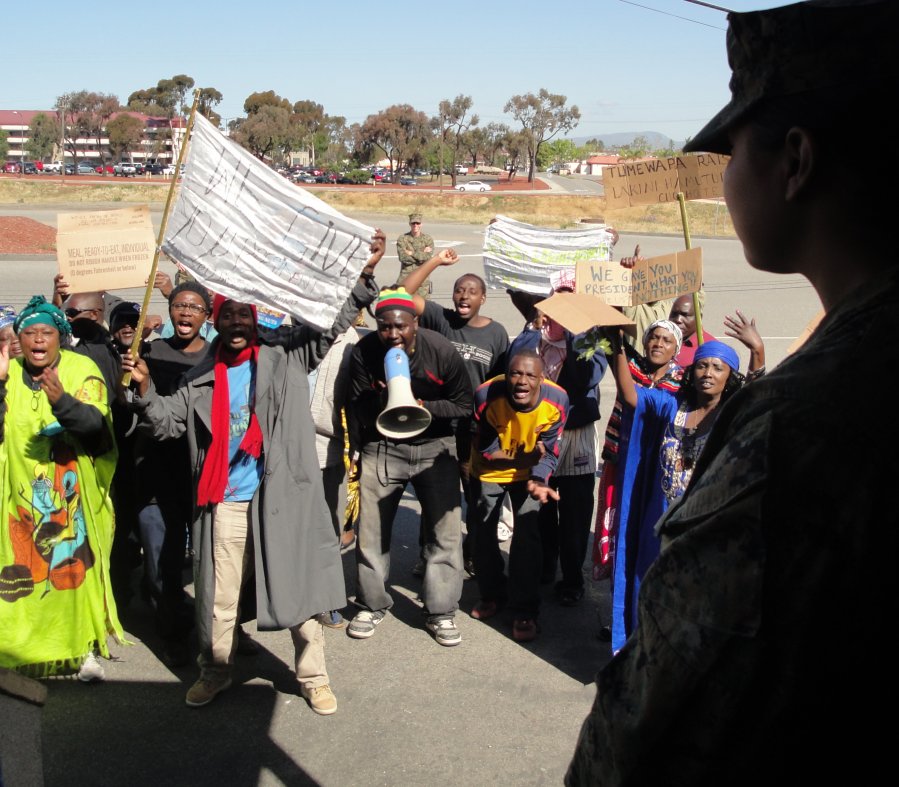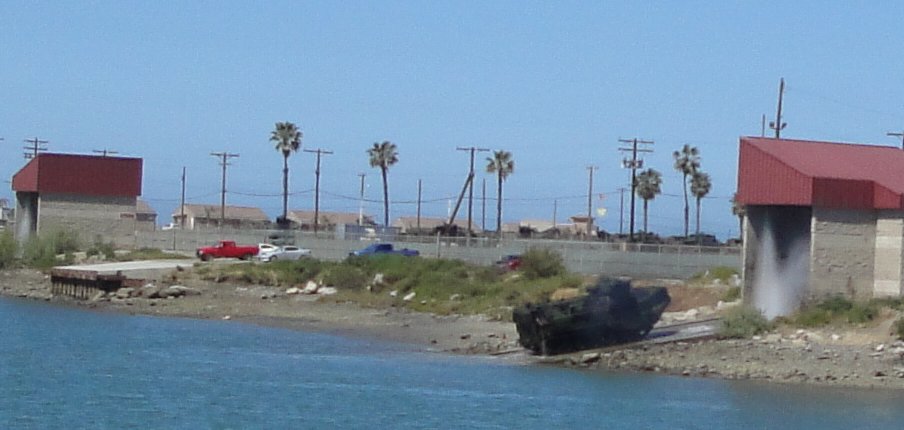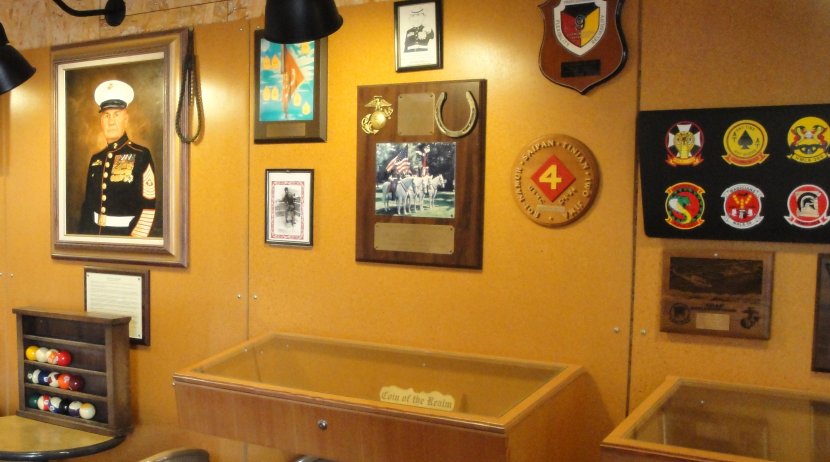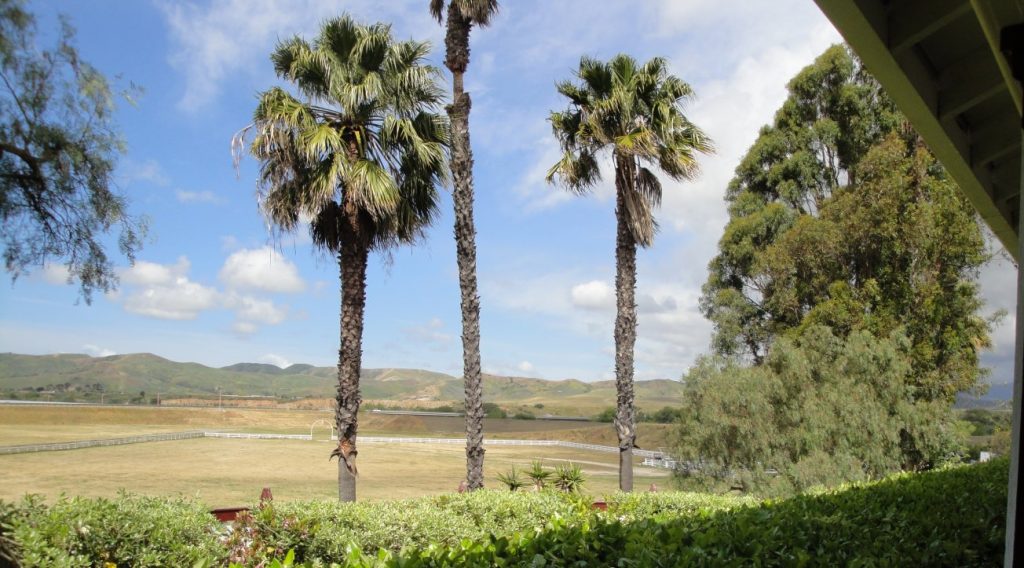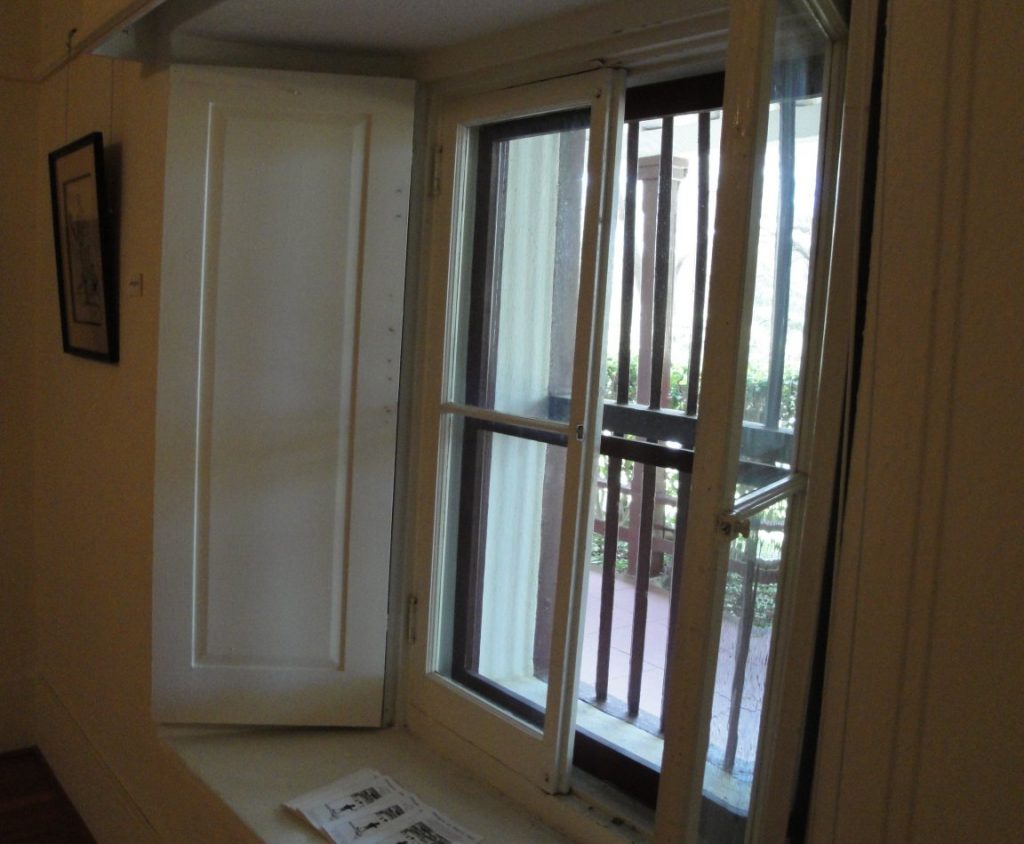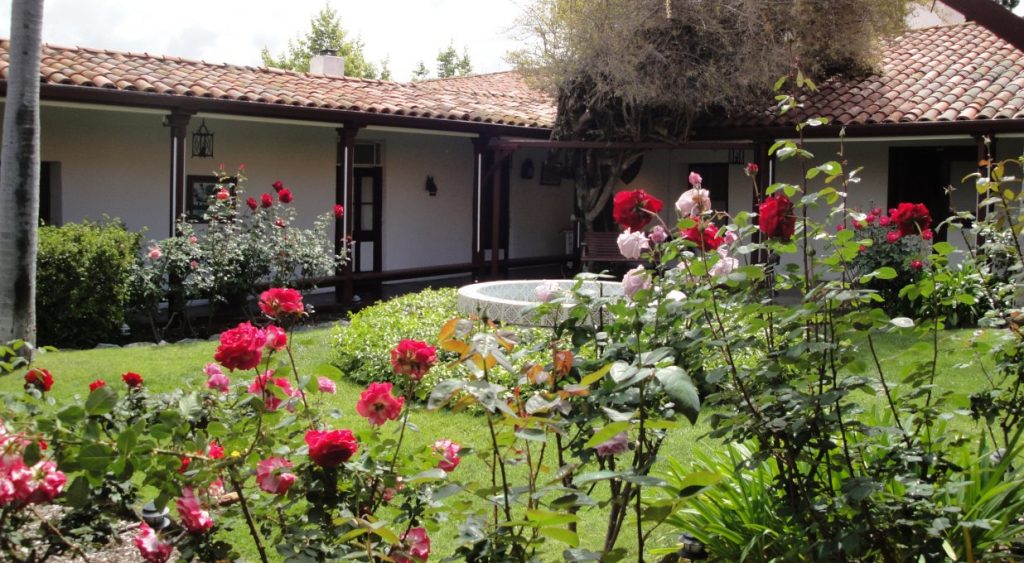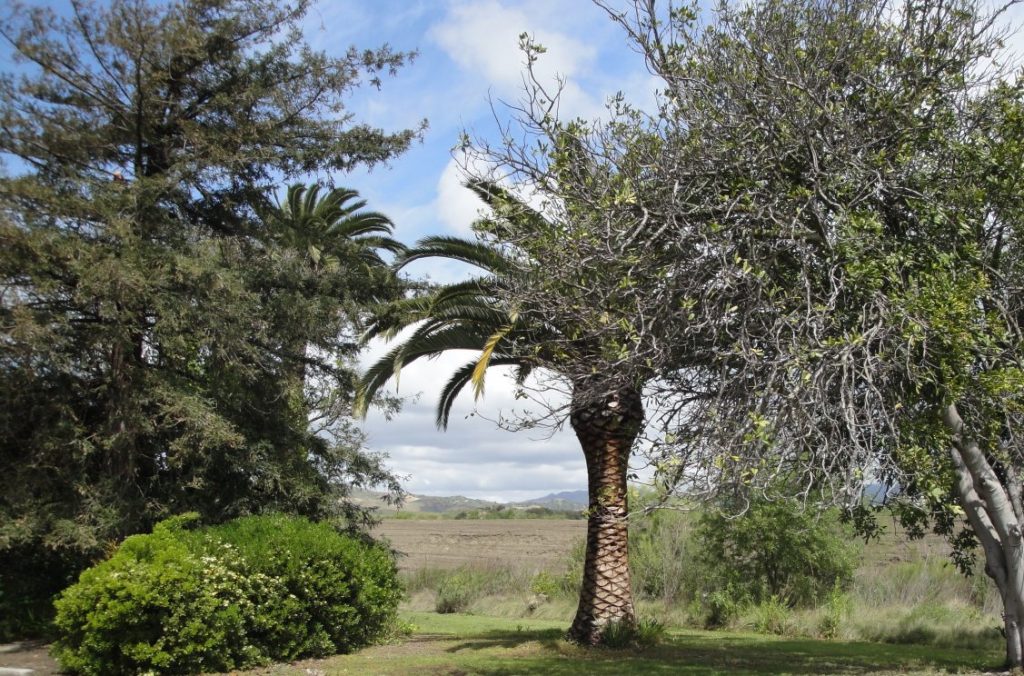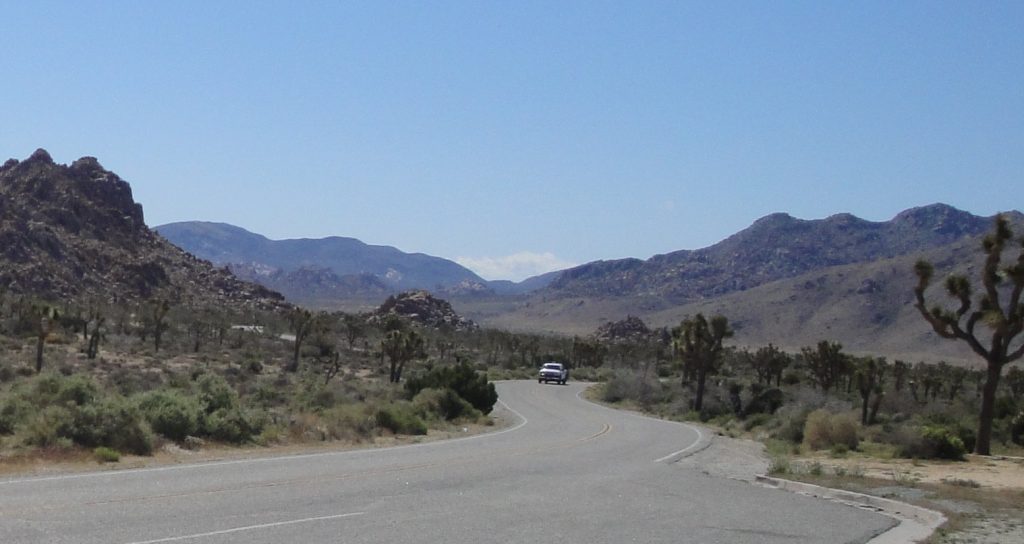
The only place Joshua trees grow is in parts of the Mojave Desert, on elevations from 2000-6000 feet, and their highest concentration is where they are protected in the Joshua Tree National Park. This is high desert and cooler than the Sonora Deserts lower down and farther south. You pass through the transition zone between these two biomes as you drive south across the park. From the north you cross a vast expanse of Joshua tree savanna.
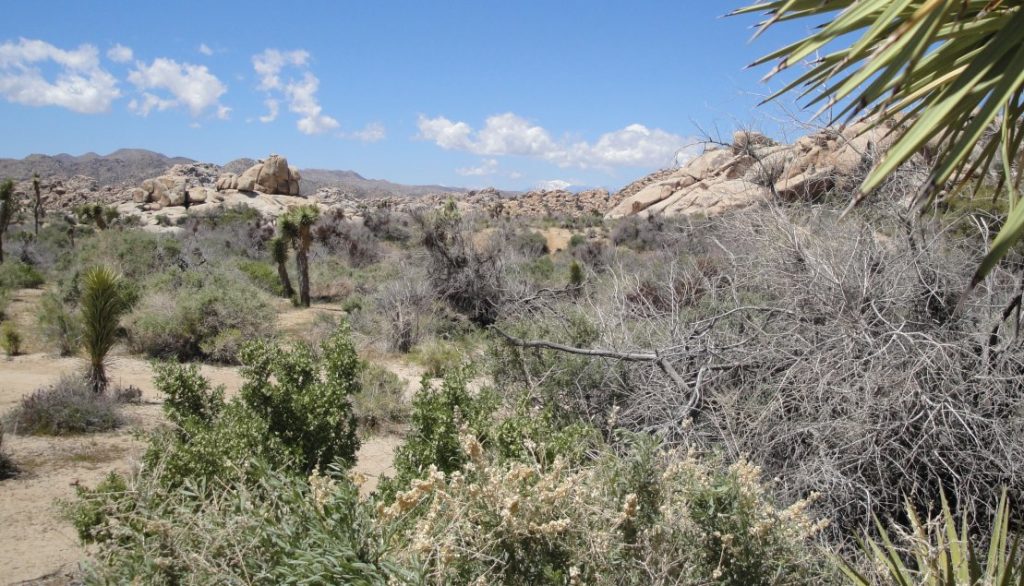
Joshua trees are a type of yucca. They don’t grow like ordinary trees, with rings marking each year’s growth, so it is hard to tell how old individuals are. They don’t get very tall. They look sort of like crazy people waving at you. This seems to confirm one of the stories about how they got their names. The story goes that early Mormon settlers thought the trees looked like Joshua welcoming them to the Promised Land. They were also sometimes called desert oranges. This story says that land sellers wanted to entice settlers to this barren land, so they not only implied that these were productive fruit trees, but even went around and tied some oranges to the trees near the roads. It evidently didn’t fool anybody.
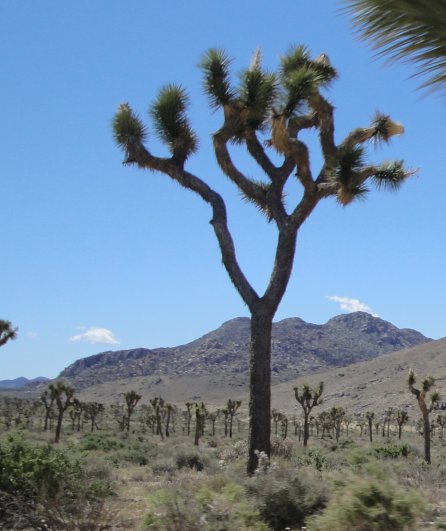
The landscape is beautiful in that harsh sort of way, a nice place to visit, but I wouldn’t want to live here. We were seeing it at its best time. Spring rains have made it greener than usual. The day was very windy, which I understand is fairly common. That is why they have all those windmills nearby. It also explains the sculptured roundness of the rock outcroppings: natural sandblasting smooths off the rough edges.
The Joshua trees dominate the open spaces, but in among the rock outcroppings you find pinion pine, California juniper and scrub oak. These communities are under some stress, however. The climate was wetter until the 1930s. The same hot and dry conditions that provoked the dust bowl affected the local climate. I couldn’t find out details about this, but evidently the previous relatively more verdant environment did not return. There are hot/dry and cool/moist cycles in climatic patterns and this could not have been anything new to the plant and animal communities.

The difference may have been human development. Cattle grazing took out some of the natural cover and made it less resistant to the changes. But the bigger problem seems to be invasive species, such as cheatgrass. These things deliver a double punch. During wetter periods, they fill in below and among the pines and oak. In drier times, they die back, but don’t quickly decompose. This makes wildfires hotter and more destructive, which kills some of the trees that would have otherwise survived. When the area regenerates, these non-native grasses form a thick layer of turf that makes it harder for the pine and oak seedlings to get a roothold. This is not a very generous environment and there are not that many second chances.
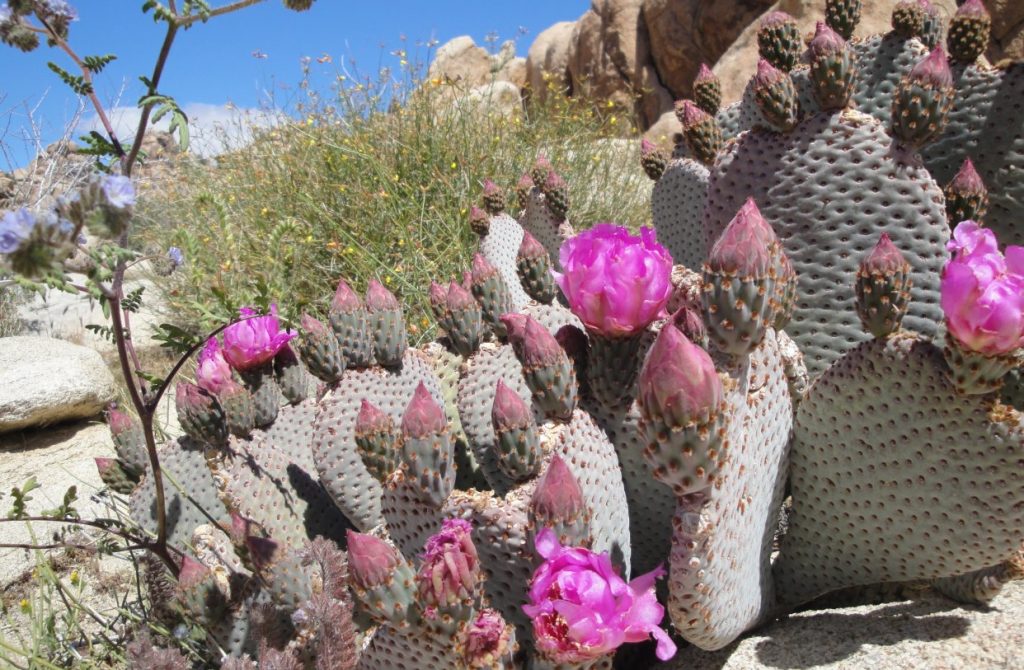
IMO, the native environment is better than what we will get if we let the invasive take over, but it will be sustainable only with a little human intervention and probably chemical warfare. BasF makes a good herbicide that can take out cheat-grass and its ilk, while leaving the oaks and pines intact. This should probably be done periodically. I don’t know if it is. I would get more involved if I lived nearby. This is certainly an environment worth saving. Doing nothing is not a good option.
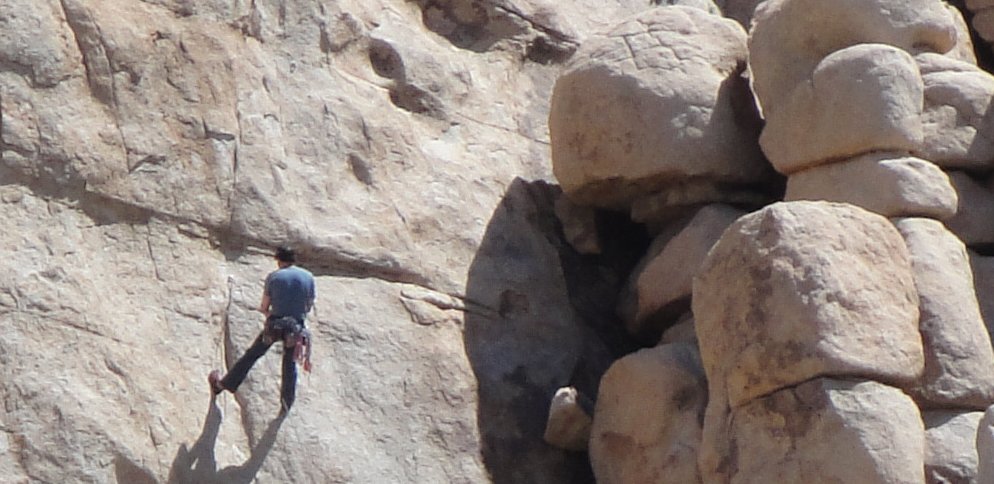
Above – Joshua Tree NP is a favorite for rock climbers. Below is a lake made by ranchers for cattle by building a dam at a runoff point.
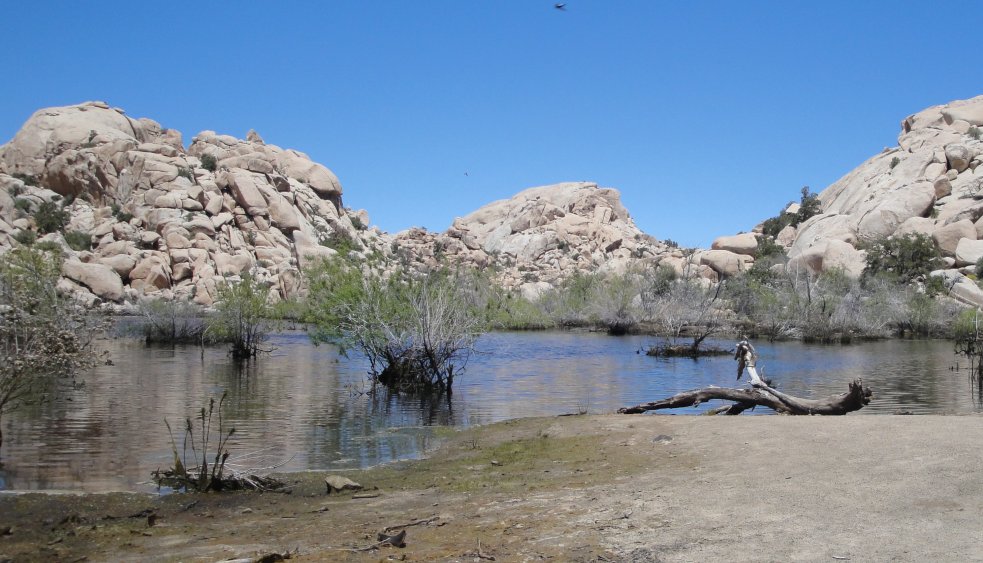
Below is the dam holding back the water. The little lake has become a major wildlife attraction, as one of the only steady water sources in this arid place.
